The five Lumbar vertebrae (Vertebrae lumbales) of the human body form part of the spine. Since the lumbar spine has to bear a special burden due to the weight and mobility of the trunk, damage or impairments to the lumbar vertebrae often lead to massive pain.
What are lumbar vertebrae?
The lumbar spine is made up of five in humans Lumbar vertebraen together and lies in the lower part of the spine. It begins under the thoracic spine and runs to the sacrum (Sacrum). Compared to the other vertebrae in the spine, the lumbar vertebrae are larger and all have a similar basic shape that resembles a bean.They are numbered from cranial (that is, from above or up to the head) to caudal (that is, downwards, towards the feet) from one to five. The fifth lumbar vertebra can be fused with the first vertebra of the sacrum, which is known as sacralization. Seen from the side, the spine is slightly curved. In a normal condition, this curvature is called lordosis. If the curvature is increased, a hollow back or a so-called hyperlordosis occurs. The opposite of this is the flat back.
Anatomy & structure
Each lumbar vertebra consists of a lumbar vertebra (Corpus vertebrae), the lumbar vertebral arch (Arcus vertebrae), four small vertebral joints, the spinous process (Spinous process), the transverse process (Transverse process) and the vertebral hole (Vertebral foramen). The vertebral arch is about two strong feet that Pediculi arcus vertebrae, connected to the vertebral body. Together, the vertebral body and the vertebral arch form the vertebral hole. The spinous process sits on the vertebral arch, the auxiliary process (Accessor process) arises from the vertebral arch from below and occurs only in the lumbar vertebrae. In addition, the four articular processes are located on both sides of the vertebral arch above and below (Superior articular process and cranialis such as Inferior articular process and caudalis), which enable a flexible connection to the vertebrae above and below. To the side of the upper articular process is also the teat process (Mamillary process). On both sides of the lumbar vertebrae is the transverse process, which is comparatively long in the lumbar vertebrae. The vertebral holes of adjacent vertebral bodies, together with the vertebral arches, form a bony canal, the vertebral canal, which is also referred to as the spinal canal or spinal canal. There are also openings between adjacent vertebral bodies from which the spinal cord nerves can exit.
Function & tasks
The lumbar spine is responsible for carrying the entire trunk load and transfers this weight to the sacrum. It stabilizes the trunk and enables you to stand upright. The lumbar spine can be moved in different directions and thus enables different movements. Mainly bending and straightening movements as well as movements to the side are possible.
Flexion and extension are possible with a healthy lumbar spine of 70 degrees. An incline of 25 degrees is possible to the side. Only rotational movements are only possible to a limited extent due to the structure of the vertebral bodies and the position of the vertebral joints. The ability to rotate is therefore only about two degrees. The mobility of the spine decreases with age.
The intervertebral discs between the individual lumbar vertebrae (Disci intervertebrales) have a buffer function. The lumbar vertebrae are surrounded by the lumbar muscles, which they provide starting points. The muscles wrap themselves around the spinous processes. The lumbar spine cooperates with the back muscles in their functions and is supported by them. The lumbar vertebrae, together with the intervertebral discs and the muscles, protect the spinal canal with the spinal cord with nerves and vessels running through it. The spinal cord ends in the adult human body approximately at the level of the second lumbar vertebra. Underneath it run horse-tailed spinal nerve roots, the Cauda equina. The intervertebral hole or located between two vertebrae Intervertebral foramen enables the passage of the respective spinal nerves.You can find your medication here
➔ Medicines for back painIllnesses & ailments
Back pain often affects the lumbar region of the spine, as the lumbar spine is exposed to the greatest stress. Under the lumbar spine syndrome, short lumbar spine syndrome, back problems of various causes are summarized. There is local, mostly dull and pulling back pain that can radiate to the tailbone and legs.
The pain can be acute or chronic, depending on the cause. With a lumbago, which is also known colloquially as lumbago, acute lower back pain occurs. Strong reflex muscle tension leads to restricted movement of the lumbar vertebrae and severe pain. Lumbago often occurs after lifting heavy loads, stooping or jerking movements, but it can also be caused by a previous bad posture.
Chronic low back pain can occur due to poor posture, inflammatory changes such as ankylosing spondylitis or an increasing reduction in the size of the intervertebral spaces. Spondylarthrosis, in which changes in the vertebral joints occur, can also lead to chronic back pain in the lumbar vertebrae.
Damage to the intervertebral discs between the lumbar vertebrae can lead to a herniated disc, in which nerves or parts of the spinal cord are compressed by intervertebral disc tissue, causing pain. Characteristic of a herniated disc is the radiation of the pain to the leg.
Severe bruising of the cauda equina, for example due to a herniated disc, leads to neurological deficits. In spinal stenosis, the spinal canal is narrowed; in spondylolisthesis, interruptions in the vertebral arches cause the lumbar vertebrae to become unstable and even cause vertebral slippage. Scheuermann's disease is a growth disorder of the spine which can lead to painful bad posture. Back pain caused by tumor diseases rarely occurs.

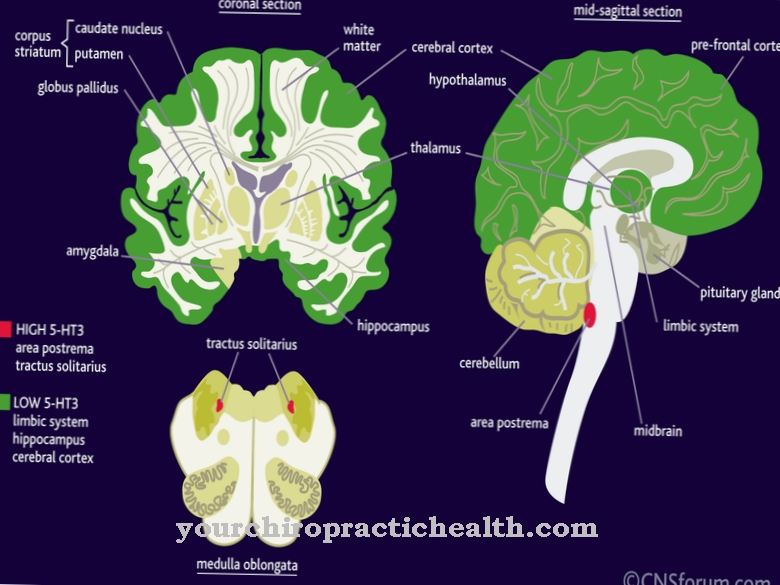
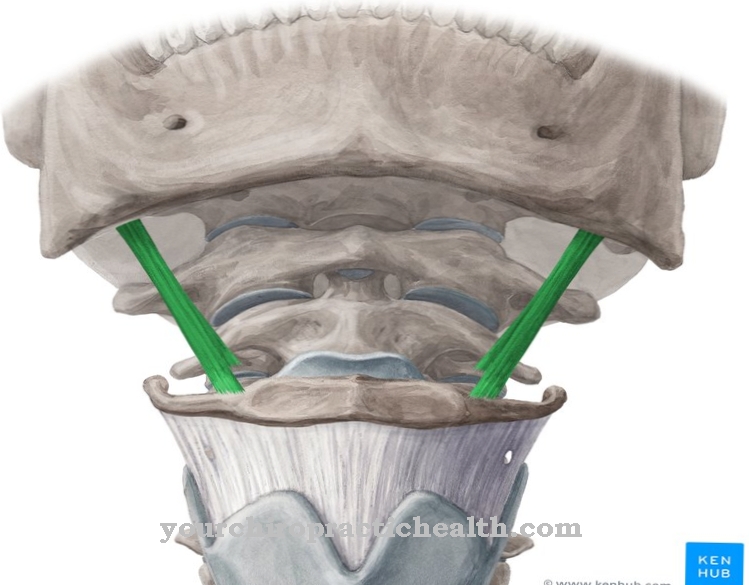
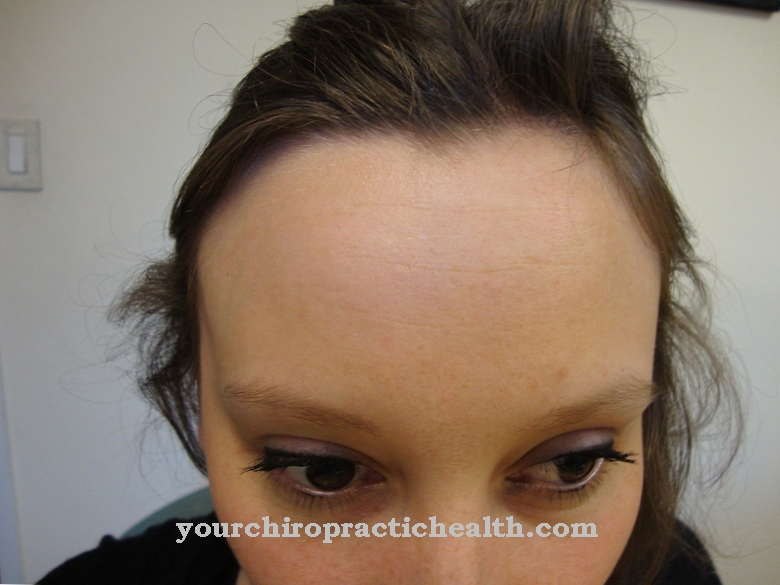
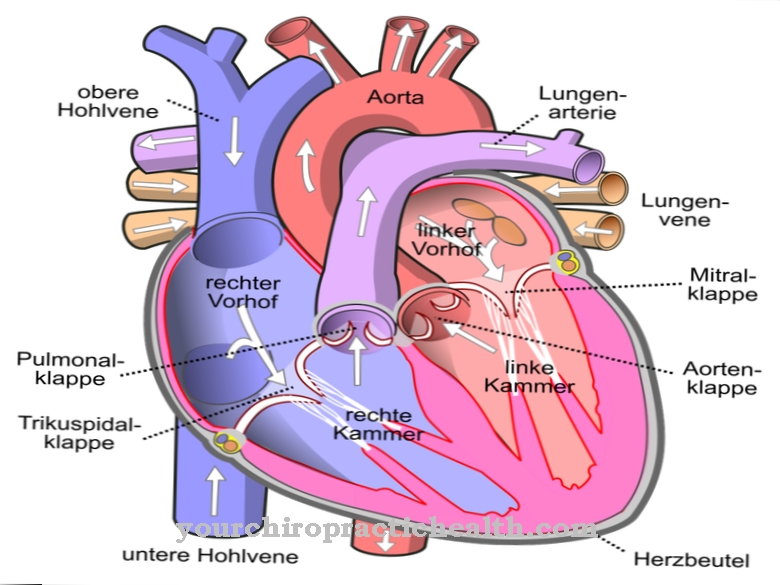
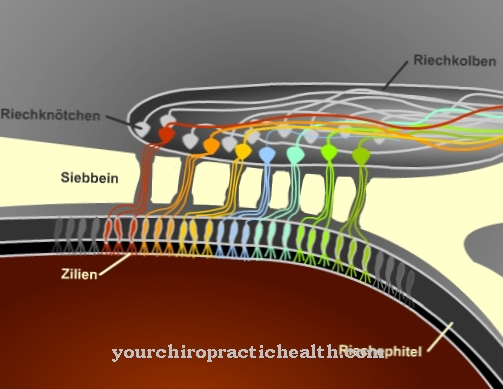
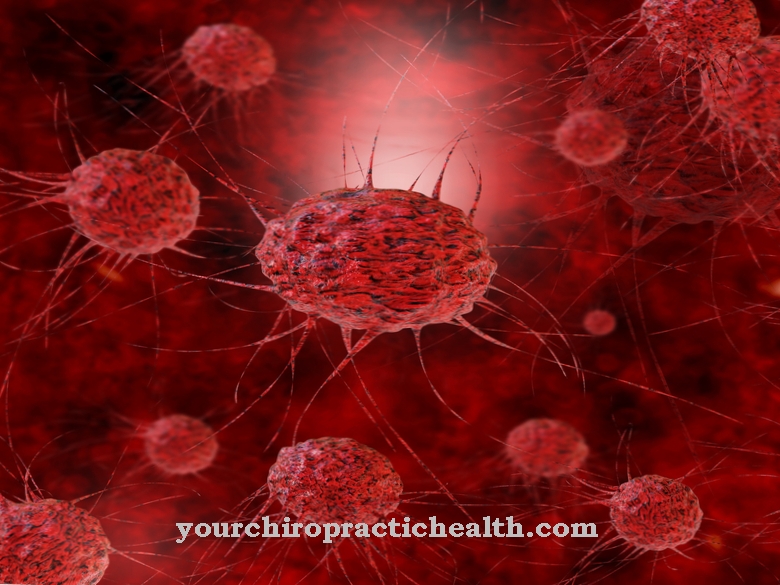

















.jpg)



